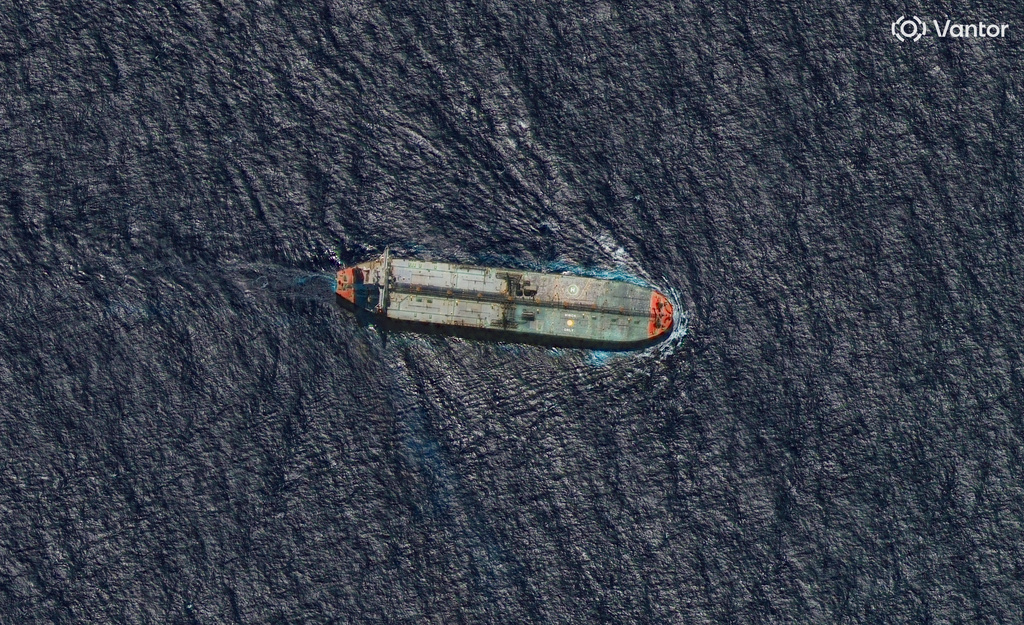Not all of Sundance's film festival is playing out on the big screen this year. For some attendees, the most exciting screens are smaller and strapped to their faces.
Filmmaking for virtual reality headsets has arrived in force this year. Vice News' documentary on New York's Millions March or "Project Syria"'s scenes of civil war put viewers in the middle of events. With 3-D headsets, they can get an interactive perspective that, until recently, wasn't possible. (Video via CBS)
Birdly isn't a film but an interactive full-body virtual experience that turns users into birds.
There's even a meta-documentary on the state of virtual reality called "Zero Point," which, of course, plays best through an Oculus Rift headset.
Birdly co-founder Fabian Troxler tells The Verge Sundance and its attendees seem to have realized VR is finally gaining the steam it needs to stand on its own.
"It really starts this year. People realize you can do so much more than gaming stuff. You can also tell stories."
The Wall Street Journal notes that in the three years there's been a VR presence at Sundance, filmmakers have already started going beyond simply immersing a viewer in a scene.
"The new wave seems more interested in exploring the boundaries of storytelling and fully accounting for the viewer and the viewer’s relationship to the story."
It helps that the technology that makes such storytelling possible is finally maturing. Filmmakers and audiences are actually spoiled for choice, which wasn’t the case a few years ago.
The Oculus Rift is one of first modern VR headsets for consumers. While it's geared toward gaming, it's proved itself a robust platform for storytelling on film. Zero Point, for example, was shot specifically for viewing on the Rift.
Samsung's Gear VR is officially available for purchase, though you'll need a Galaxy Note 4 smartphone to use it.
Google even has Cardboard, a fold-it-yourself device that turns your phone into a 3-D viewer. (Video via Tested)
Granted, these headsets aren't as mainstream as television yet. But all these projects suggest you can see that future from here, in all its 3-D glory.
This video includes images from Alan / CC BY ND 2.0.











